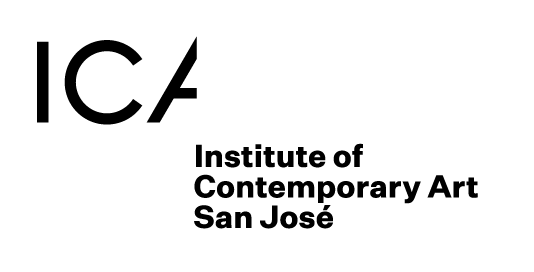Exposed: Today’s Photography/Yesterday’s Technology
July 17 – September 19, 2010
Inspired by the rich history and alchemic experimentation of obsolete photographic practices, the artists in this exhibition create images using antiquated photographic methods, creating works that range from daguerreotypes to tintypes, gum prints to cyanotypes.
Since the introduction of the digital camera more than 20 years ago, the computer has replaced the darkroom in the 21st century. However, even with the sophisticated advances of the digital age, a growing number of artists are embracing 19th-century photographic technologies to make their work. Inspired by the rich history and alchemic experimentation of these obsolete practices, the artists in Exposed: Today’s Photography/Yesterday’s Technology create images using archaic photographic methods. Making work on paper, using aluminum, copper and silver, with wet plates and dry plates, and utilizing chemistry like collodion, carbon, platinum, palladium, and potassium bichromate, the works in this exhibition range from daguerreotypes to tintypes and gum prints to cyanotypes.
Paradoxically, technology has greatly contributed to the enthusiasm, interest and renewal of antiquated photographic processes. Many artists utilize digital tools along with historic practices to make hybrid works. Active online communities provide a forum to share recipes and practices. While photographic technology continues to advance and evolve, making digital photography faster and cheaper, the artists in Exposed return to the origins of the medium in order to re-engage with the physical aspects of the practice and look to the history of photography for technical insight and visual inspiration.
Stephen Berkman and Joy Goldkind create portraits that take advantage of the drama and historic patina of antiquated photographic processes while Kerik Kouklis and Michael Shindler utilize the slow pace of tintype production to make intimate portraits of people in their lives. Artists Binh Danh and Andreas Hablutzel employ the daguerreotype and the pinhole camera respectively to confront the aftermath of war. Danh’s mirror-like daguerreotypes provoke self-reflection and invoke the memory of the atrocities in Cambodia under the Khmer Rouge while Hablutzel’s photographs document the site of a former concentration camp in Germany with the long exposure of a pinhole camera. Ben Nixon, Rachel Heath, Nathaniel Gibbons, Brian Taylor and Chris McCaw create landscapes that rely on chance and serendipity. Nixon, Heath and Gibbons hand-make wet collodion plates, a process that often results in unexpected and painterly patterns in the image. Taylor’s four-color gum bichromate prints are exposed in sunlight for up to eight minutes and McCaw’s unique process relies on the power of the sun and camera lens to literally burn the printing out paper during a long exposure. Inspired by the fruitful play between past associations and current intuitions, the artists in Exposed examine the various materials and formats of antiquated processes while returning to the hand-made quality of image-making. Part chemist, part artist, part historian and part experimentalist, all of these photographers share an interest in utilizing old technology to create new imagery.
